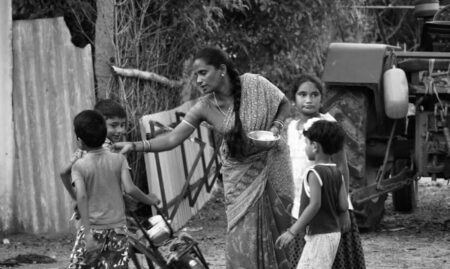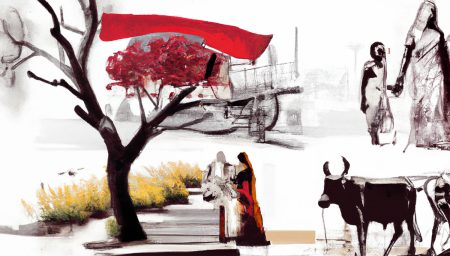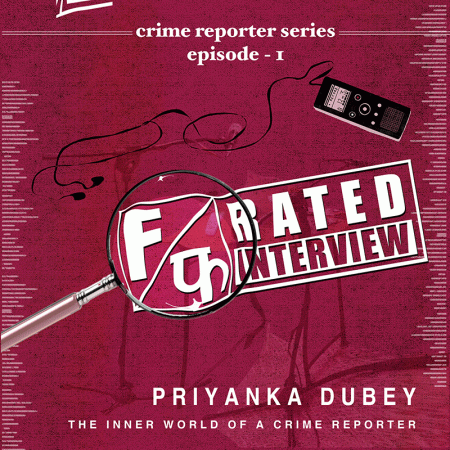The making of The Caseworker’s Dictionary of Violence unfolded in weekly addas with 12 caseworkers in Uttar Pradesh, over Zoom. Every Saturday, we laughed and cried, wrote furiously, remembered, documented, and turned memory into a feminist enterprise.
And then we handed over the Shanivar Adda recordings to filmmaker and doll maker, Hansa Thapliyal.
“It was intense; it quietened me,” says Hansa. “When I first started listening to the women, I kept…listening. It was a big world they were opening up for me. I knew I had to move towards a film and I kept thinking, will I be able to go where these voices are? Each person’s response was particular and personal. I think there was fear; will I be able to tackle this and get somewhere close to these experiences? There was a range of diverse experiences because there was a range of diverse women.”
Listening to the caseworkers, she picked on cues that found themselves back in the mixed media film. “Their environment, the terrace, older women connecting to younger women… the way one of them talks about the pleasure of being on the road. I also went back in time; I remembered when I was an intern when Bandit Queen was being edited, and Renu (Saluja, editor) was singing a Nusrat Fateh Ali Khan bidaai song, and that sadness came back, when they talked of babul ka ghar and the betrayal of the natal home.”
Hansa is a filmmaker, writer, digital archivist, animator and has worked with miniature dolls as pedagogy, expression and artefact. The film in turn, evolved into a collage of feelings (“I call it a filmlet”) that lay between the words. “Lots of things were coming together; reading Veena Das, Megha Sharma Sehdev, the image of the little hands, images of women mending in writings, drawings, during protests, the katran collected from all the tailors of Greater Kailash market, I had even kept a packet of Babool toothpaste because it reminded me of babul and all that conversation of natal home [violence]…” What also came together was a committed crew of young artists that owned the experiment. “The caseworkers as actors, they gave us wonderful recordings that made the spine of the film. The art director, Koshy, thought of both – the green saree and the projection-like drawings on it. I think they haunt the film, and give it strength. Each of the artists, in camera, sound, light, has made this film.”
Eventually, cloth played a central role in defining the mise-en-scene, the dramaturgy, as well as the protagonists. “Cloth was the correct medium for this I felt; women really live with cloth.”
This film looks at the word samjhauta and asks, do you make your terms? Do you come to terms?
Kya Hai Yeh Samjhauta works with material of the everyday, scraps of cloth, needle thread and the timbre of human voices (“The voices of the caseworkers animate the dolls, and is the documentary part of this,”) to explore these questions. The scraps of cloth in turn, animate the grain of the voices, to gesture at the many choices women make when faced with domestic violence.
Hansa Thapliyal is a film maker who has been trying to work with materials, to bring a feeling of tactility to her images. In the last many years, she has been learning by working with artists from traditional theatre groups— Surabhi from Telangana and Thakkar Kala Aangan from Maharashtra; by making a film on two doll makers (The Outside In), creating doll making workshops, and teaching film. She enjoys working with diverse forms of language, has been supervising Hindi translations for Agents of Ishq and worked long on Kamal Swaroop’s project, Tracing Phalke. She is the dramaturg for Mallika Taneja’s theatre piece, Do You Know This Song.
The film is in festival circuits and will be released on The Third Eye Portal soon.
The Third Eye worked with 12 caseworkers in rural and small town Uttar Pradesh, and through a process that included immersive writing, theatre-based pedagogies and year long workshops, the caseworkers became the lexicographers of The Caseworkers’ Dictionary of Violence.





